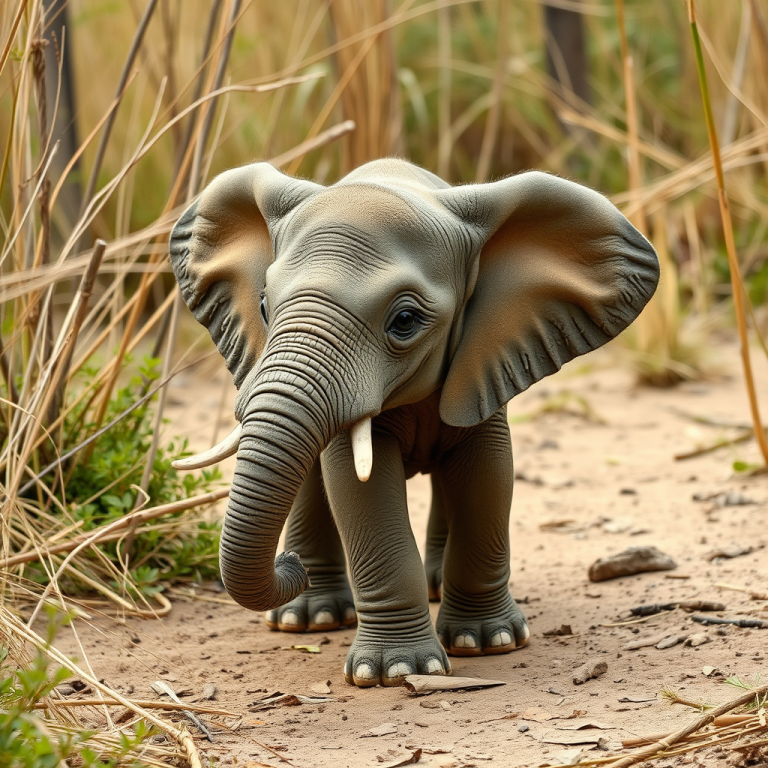Stripes in the Stream: How Tigers Bathe and Other Wild Facts
Tigers are often seen as fierce, untouchable, and always on the move—but catch one on a hot day near a quiet river, and you’ll see a completely different side. Tigers love water. Unlike many big cats, they don’t just tolerate it—they seek it out. Watching a tiger bathe is like watching fire melt into water. They move with purpose, but also with calm. Every ripple feels slow, steady, and wild in the best way.
From their quiet baths to their loud roars, tigers carry themselves with a balance of power and peace. There’s more to these striped giants than just muscle and teeth. There’s instinct, routine, even softness.
How Tigers Bathe in the Wild
When the heat rises and the jungle gets heavy with humidity, tigers do what most big cats won’t—they step right into the water. Rivers, lakes, jungle streams, muddy ponds—whatever they can find, they use it to cool off, clean themselves, and relax.
A bathing tiger doesn’t splash around or thrash like some animals. Instead, it’ll wade slowly into the water, pausing mid-step, then easing in deeper until the surface meets its shoulders. Sometimes they’ll sit, other times they’ll float. They’ll dip their heads under, twist to the side, and even roll gently, letting the cool water rinse through their thick fur.
Tigers use water to clean off dirt, blood, and parasites. Afterward, they’ll often spend time grooming—licking their fur with a rough tongue that helps remove loose hair and debris. It’s a full ritual, part survival and part comfort.
And when they’re done? They’ll stretch out under a shady tree, soaked and shimmering, letting the heat dry their fur while they doze.
Do All Tigers Like Water?
Most tigers enjoy water, but it depends on the individual and where they live. Bengal and Sumatran tigers, who live in hot, humid environments, are often seen swimming and bathing. Siberian tigers, who deal with colder climates, may still enjoy a soak—but usually in warmer seasons.
Some tigers have even been known to chase prey into rivers or lakes, using their strength and swimming ability to their advantage. Unlike other big cats, tigers can swim for miles without tiring.
In captivity, tigers are often given pools or ponds to mimic their wild bathing habits. Many will happily spend time splashing, lounging, or even playing with water in ways that seem surprisingly gentle for such a powerful predator.
Tiger Grooming Habits
After bathing, tigers turn to self-care. Their grooming routine is surprisingly detailed. Using their rough tongues, they lick themselves thoroughly, smoothing their fur and keeping their coats clean. This isn’t just about staying pretty—it helps regulate their body temperature, maintain their scent, and reduce the chance of infections from cuts or bites.
Grooming also has a calming effect. You’ll often see tigers groom after a meal or before settling down to sleep. It’s part of how they reset and return to a state of calm awareness.
Other Fascinating Tiger Facts
Tigers are full of surprises—here are just a few things that make them even more interesting:
- Each tiger has a unique stripe pattern, kind of like a fingerprint. No two are exactly alike, and their stripes even extend to their skin.
- A tiger’s roar can be heard over a mile away. It’s used to communicate with other tigers across long distances, especially in dense forest.
- Tigers are solitary animals. They don’t live in prides or packs like lions. They roam alone, marking huge territories with scent, scratches, and vocal calls.
- They’re primarily nocturnal, preferring to hunt at night when it’s cooler and quieter.
- Their paws are padded and soft underneath, allowing them to move silently through thick jungle or dry brush.
- Tigers are ambush predators. They use stealth, patience, and power to get close to prey before launching a surprise attack.
- Though powerful, tigers are shy by nature. They avoid humans and rarely attack unless cornered or provoked.
Where Do Tigers Live?
Tigers are found across parts of Asia—from the forests of India to the cold mountains of Russia. Different subspecies adapt to their environments in unique ways. Bengal tigers roam open grasslands and swamps. Siberian tigers navigate snowy forests. Sumatran tigers hide in tropical rainforests, blending into dense foliage with smaller, tighter stripes.
Sadly, their numbers have dropped drastically due to habitat loss, poaching, and human conflict. Tigers once roamed widely across Asia, but now they are endangered in almost every region. Conservation efforts are helping—but there’s still a long way to go.
Final Thoughts
There’s a softness to a bathing tiger that you wouldn’t expect from a predator. In the water, their power becomes calm. Their presence slows. They stop being hunters and become something else—wild, yes, but also peaceful, vulnerable, and incredibly real.
It’s easy to think of tigers as fierce and untouchable. But moments like these—quiet baths under trees, grooming in the shade, drifting through jungle pools—remind us they are animals trying to live in a world that keeps shrinking around them. To know a tiger is to know silence, strength, and stillness. And to see one bathe is to see the jungle breathe.
If you’re curious about the wonders of wildlife, stick around—there’s a whole world to explore at Wonder of Wild.








